
With my mantra being “Pack light,” I used to be against packing electronics of any kind. But now, I bring my laptop, iPod, digital camera, and mobile phone to Europe. With hotels retiring their fax machines in favor of email, mobile phones getting cheaper and easier to buy, and Wi-Fi hot spots popping up everywhere, it’s never been simpler to get connected.
Like this story? Join the 1 million other travelers who read our free Deal Alert newsletter. It’s full of our best tips, trip ideas, and travel deals. Subscribe here today!
Image Gallery
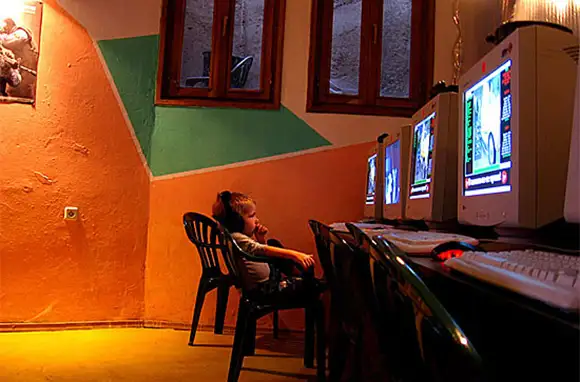
Check In at an Internet Cafe
There are plenty of Internet cafes in Europe. Large European chains offer inexpensive access in big cities. Even small towns have some way to get online—at hostels, hotels, libraries, bookstores, post offices, and so on. If you plan to check your email using a public machine, make sure you sign up for a Web-based account, such as Gmail.com.

Check In at an Internet Cafe
There are plenty of Internet cafes in Europe. Large European chains offer inexpensive access in big cities. Even small towns have some way to get online—at hostels, hotels, libraries, bookstores, post offices, and so on. If you plan to check your email using a public machine, make sure you sign up for a Web-based account, such as Gmail.com.
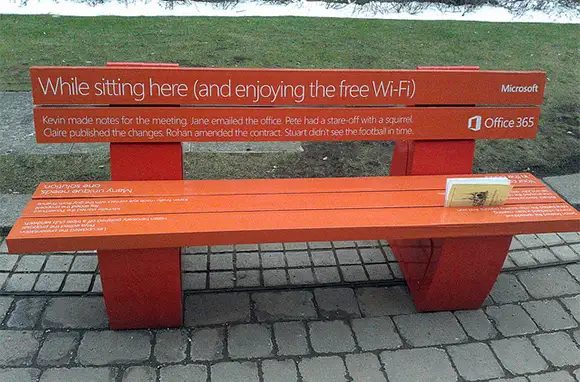
Take Advantage of Free Wireless
If you tote your own laptop, you'll find that many hotels and cafes offer wireless access—sometimes it's free, other times, you'll have to buy a drink or pay a fee—while some towns have Wi-Fi hot spots scattered around highly trafficked areas. Just obtain the password, park yourself on a bench in your favorite idyllic spot—overlooking a sandy beach, on a floodlit piazza, or along a bustling people-watching boulevard—then log on and surf away.
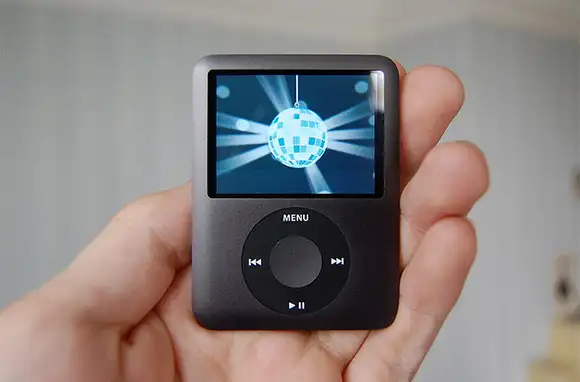
Bring Your iPod
I like to bring an iPod to listen to my favorite music and watch shows that I've downloaded at home. Or download free audio tours of Europe's major sights, such as the ones I offer on my website.
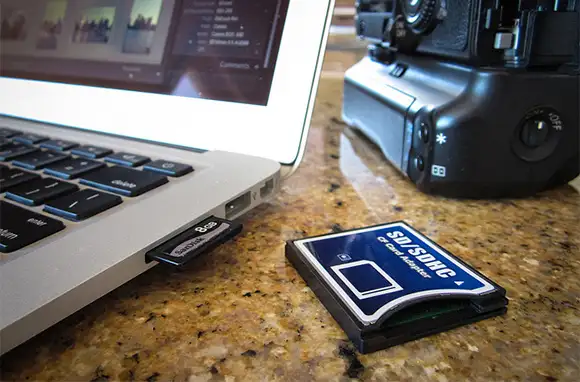
Buy a Memory Card
If you're packing a digital camera, your biggest challenge will be storing photos. Buy the biggest memory card you can afford (or get two). Memory cards are available in Europe, but they're more expensive. I travel with a six-megapixel camera and a two-gigabyte memory card. Taking photos at high resolution, I can fit about 500 photos onto my memory card. Since I usually travel with a laptop, I upload my photos to my computer.
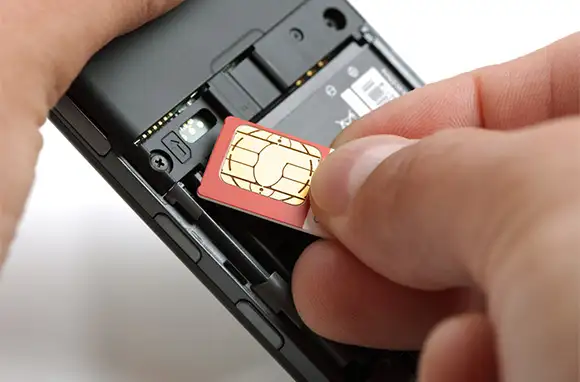
Buy a SIM Card
It's handy to travel with a mobile phone, whether you're calling a hotel for directions or getting in touch with that lost travel buddy who missed the train. If you want to use a mobile phone in Europe, you have two choices: Take your own, or buy one once you're there. While many American cell phones work overseas (especially T-Mobile and AT&T handsets), the per-minute cost adds up. Save money by purchasing a phone when you arrive. You can buy a phone for about $40 to $75—which usually includes some prepaid calling time—at the ubiquitous corner phone marts or at mobile-phone counters in big department stores. You'll pay cheaper in-country rates and feel like a local with your own European phone number.
Ideally, you want to buy a phone that's unlocked so you can switch out SIM cards as you travel to different countries. A SIM card is a small, fingernail-sized chip that stores your phone number and other information. The EU is looking into standardizing roaming fees across Europe. But for now, when you cross a border, it's best to buy a new SIM card, which you can get from newsstand kiosks and even vending machines at train stations for $10 to $20.
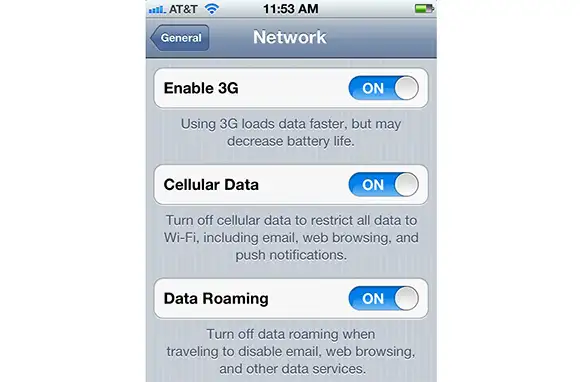
Turn Off Data Roaming
Users of some handheld wireless devices (most notably iPhones) have returned home to astronomical bills for unintentional roaming. Just watching a three-minute video on YouTube in the London Tube can cost about $40. You can pay extra for international access, but you're better off disabling the data-roaming feature on your device altogether and getting online at public Wi-Fi points to check email and surf the Web.
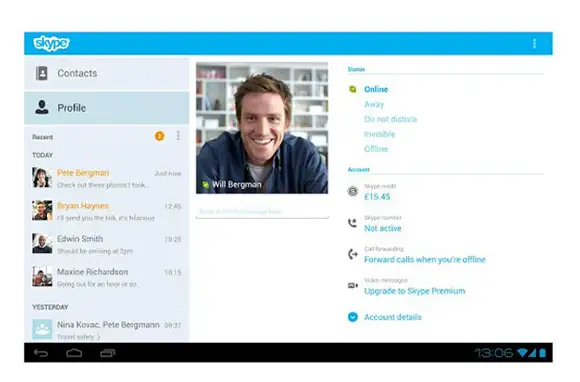
Use a VoIP App
If you're traveling with your laptop, the cheapest way to talk to loved ones back home is via VoIP (Voice over Internet Protocol). VoIP lets you converse with people around the world over the Internet for free. The two main services are Skype and Google Voice. Computer-to-computer calls are always free, and the sound quality is about as good as a standard phone connection. If your computer doesn't have a microphone, you may have to buy an operator-type headset for about $20.

Start A Travel Blog
If you'd rather blog, look into TravelPod and MyTripJournal. These sites are specialized for travelers, providing custom maps with virtual pins for the places you've visited. Some sites send emails informing your friends when your blog is updated and allow them to post comments (so expect a ribbing for those blurry Eiffel Tower photos).
I've just been cruising through several European countries, communicating with friends, family, and office workers with my laptop and mobile phone. My days of chatting in noisy, smelly phone booths are long over.
You Might Also Like:
- 10 Ways to Prepare Your Cell Phone for a Trip
- Eight Hacks Using Travel Freebies
- 10 Best Food Apps for Travelers
Like this story? Join the 1 million other travelers who read our free Deal Alert newsletter. It's full of our best tips, trip ideas, and travel deals. Subscribe here today!
We hand-pick everything we recommend and select items through testing and reviews. Some products are sent to us free of charge with no incentive to offer a favorable review. We offer our unbiased opinions and do not accept compensation to review products. All items are in stock and prices are accurate at the time of publication. If you buy something through our links, we may earn a commission.
Top Fares From
Today's Top Travel Deals
Brought to you by ShermansTravel
France: 8-Night Paris, Avignon & Nice...
Infinity Worldwide Vacations
 vacation
$2880+
vacation
$2880+
Poconos: 3 Nts in Garden of...
ResortsAndLodges.com
 hotel
$305+
hotel
$305+
7-Nt Canada & New England Cruise,...
Princess Cruises
 cruise
$839+
cruise
$839+



